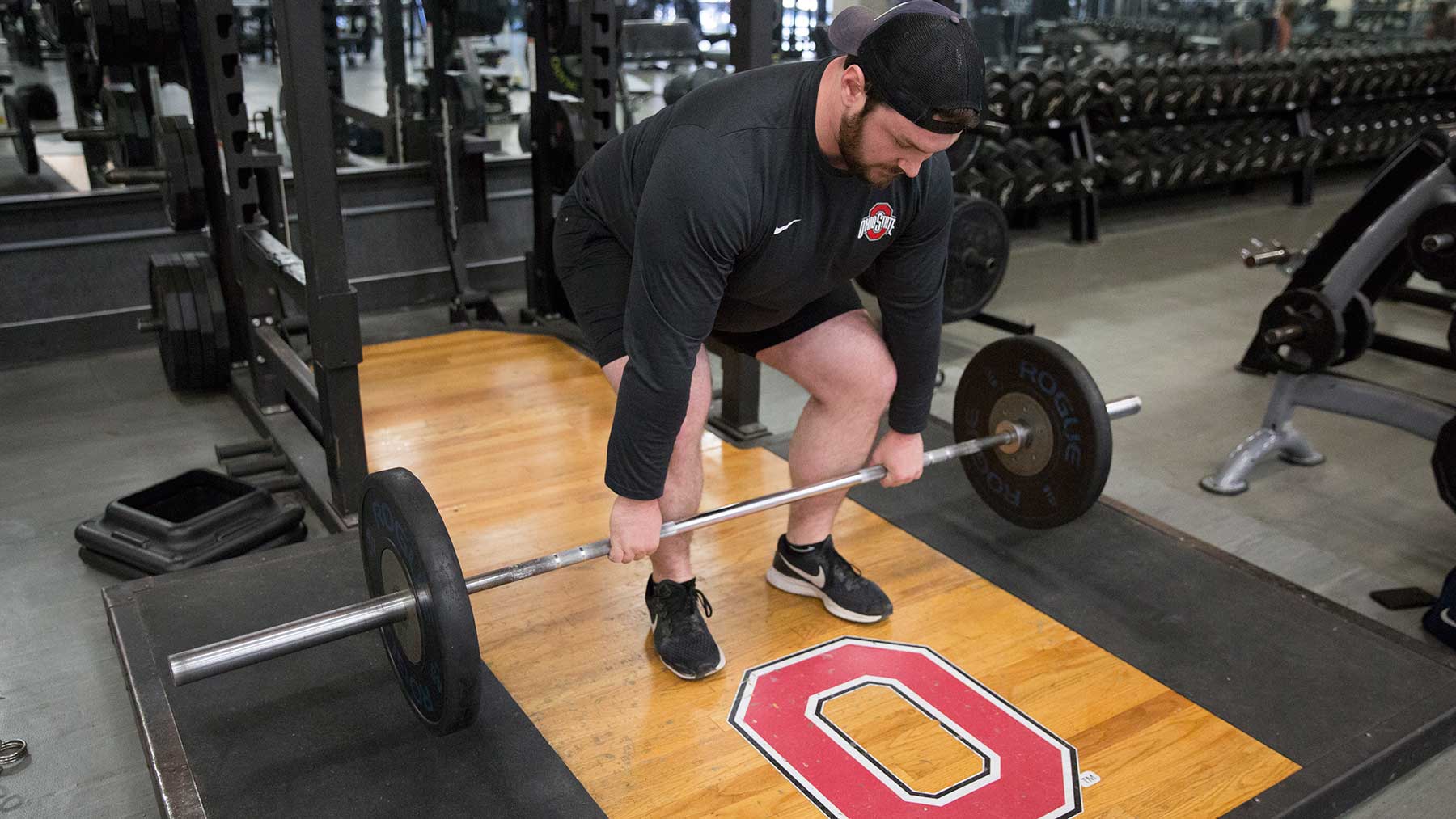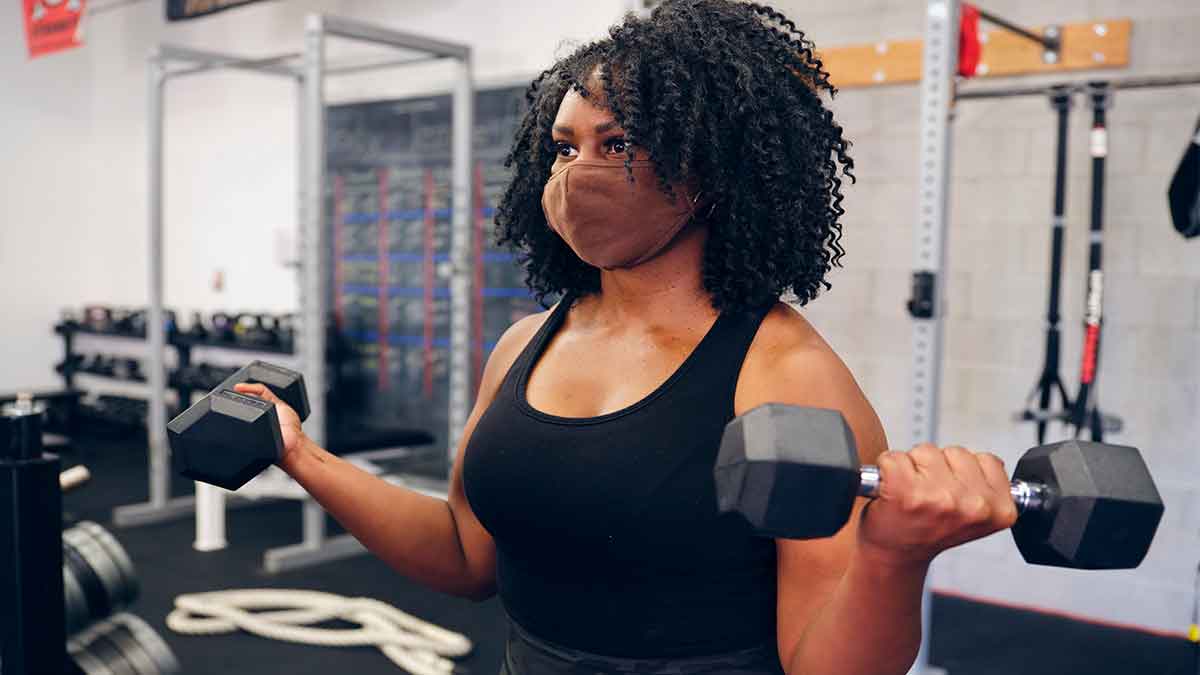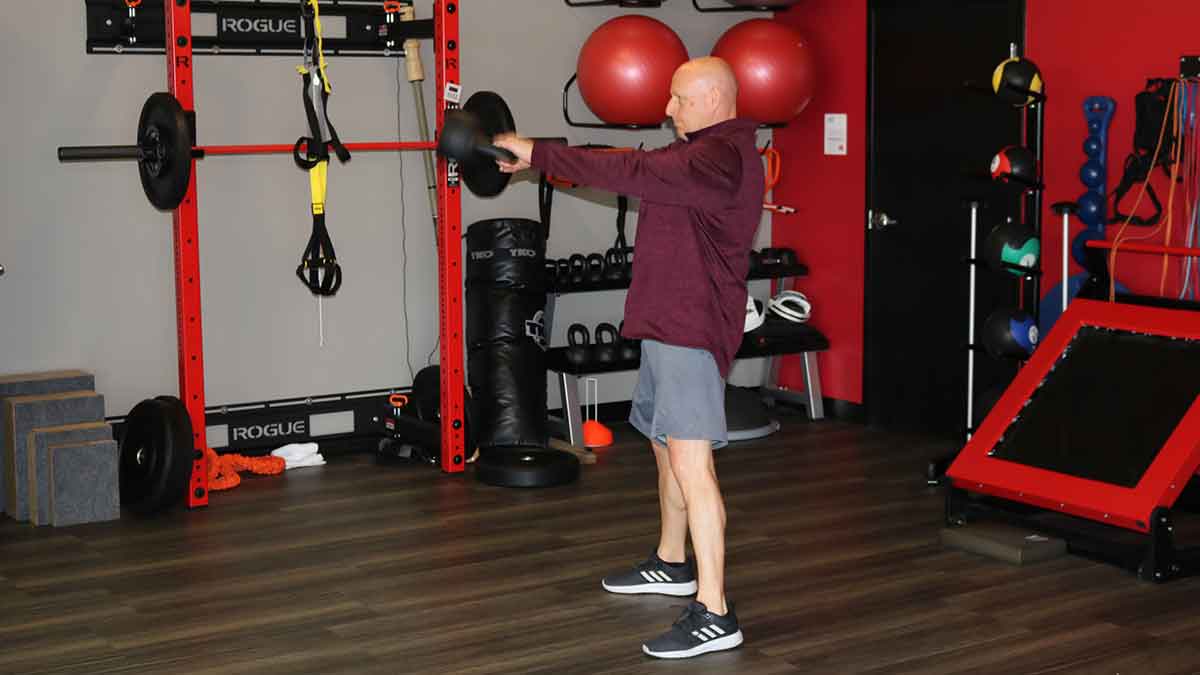How soon is too soon for my child to lift weights?

With 8 million high schoolers participating in athletic activities each year, and the average adolescent spending at least five hours a week playing sports, today’s teens may be as active as ever.
Resistance and weight training are some of the most common forms of conditioning for high school athletics. Whether it’s for bicep curls or the bench press, more and more young athletes are hitting the gym to bulk up.
While parents continue to enroll their kids in both single season and year-round sports, many are concerned about the impact lifting weights has on their children’s growing bodies. You also may be asking, how soon is too soon for my child to start lifting weights?
James Onate, PhD, AT, ATC, associate professor of Health & Rehabilitation Sciences at Ohio State Wexner Medical Center, says there is no specific age that is right for every kid.
“Children as young as 5 and 6 have benefitted from participation in a resistance training program, but most young athletes around 7 or 8 years old, who are in relatively good health, are ready for some type of structured resistance training.”
Onate has tips for parents when their young athletes begin a strength training program:
See a doctor first, and then a trainer
Children and teens should first consult with a doctor before strength training. The doctor will determine whether your young athlete is healthy enough to begin an exercise program and advise on any weight or exercise restrictions.
The safest way for your child to begin weight training is under direct supervision of a certified coach or trainer, Onate says.
There are various certifications for personal training, exercise instruction and strength and conditioning. Be sure to interview and discuss the background and certifications of the professionals working with children. Just because someone is fit and lifts weights doesn’t deem them competent to be a professional instructor for exercise and weight training.
Set realistic goals
Work with your child’s coach and trainer to come up with a healthy diet and exercise regimen based on their weight, age, body condition and exercise goals. A 12-year-old female training for gymnastics will likely follow a much different program than would a 16-year-old linebacker for his varsity football team.
According to Onate, any resistance training routine should start slow and focus first on proper form and technique – likely using only body weight – with weight volume, intensity and repetitions increasing gradually over time. Variety is crucial to develop overall body strength and stamina; performing only bicep curls and squats is unlikely to produce desired results, and can lead to injury.
Of equal importance are rest days, as they allow muscles, nerves, bones and connective tissue time to rebuild. Research shows that two to three resistance training sessions a week completed on nonconsecutive days is the best way for adolescents to gain muscle strength.
Injuries can happen, but are uncommon
If weight training is done appropriately, the chance of injury is low. Research indicates adolescents who incorporate safe, structured resistance training into their fitness routines are actually less prone to injuries, have stronger bone development and have better motor skills, Onate says.
A young athlete who weight trains regularly will be healthier all-around.
Note: Overuse types of injuries may occur if your child is not using the proper technique, is lifting too much weight or is lifting too frequently. This is why professional supervision is key.
Be cautious of protein supplements
Protein supplements seem to be one of the biggest trends in today’s health and fitness industry. However, exercise caution before buying your child protein powder, as it is not fully-regulated by the FDA, and, according to the American College of Sports Medicine, is not recommended for athletes under the age of 18.
Health Tip: Avoid a protein shake in favor of eating a protein-rich meals – like lean meats, milk and yogurt, nuts and green, leafy vegetables.




